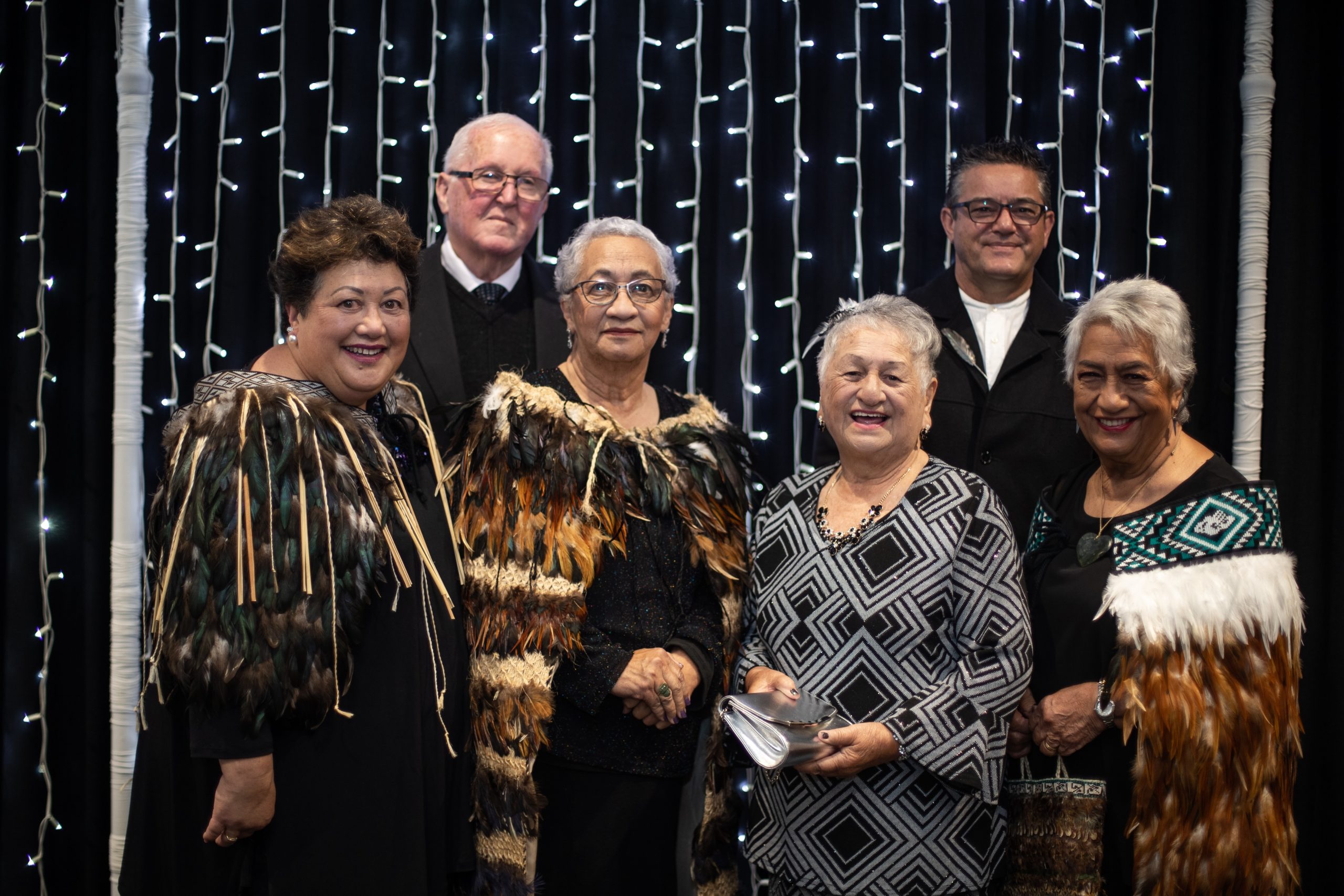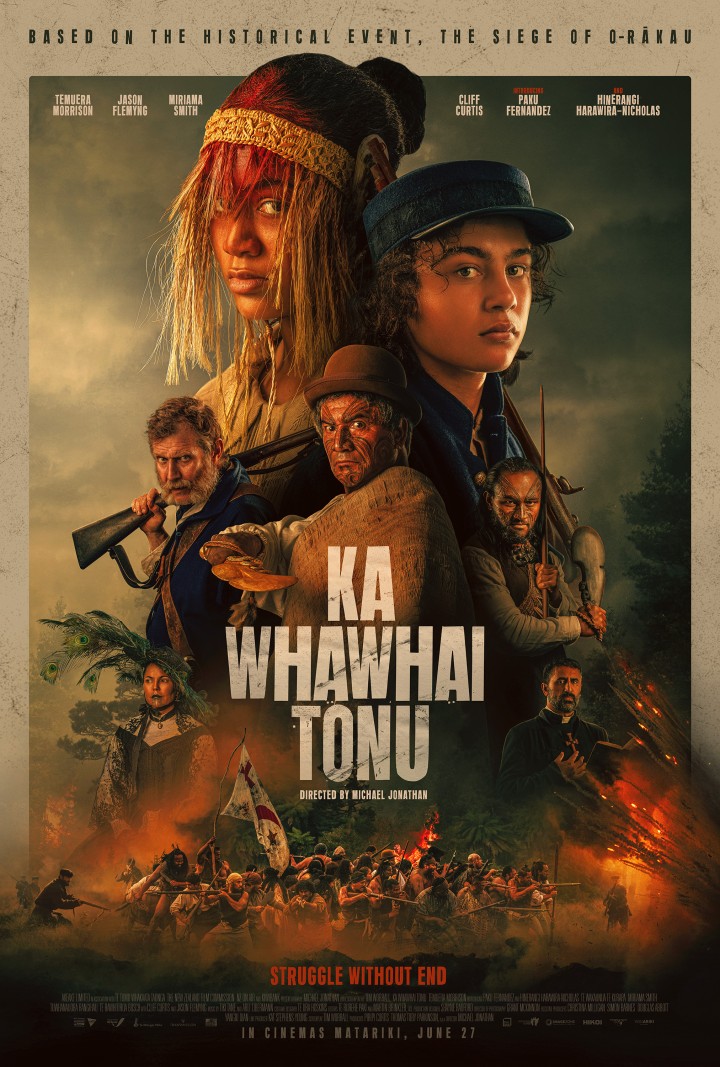Earlier on in the year, the government released further options through the Māui and Hector’s Dolphin Threat Management Plan (TMP) on protection mechanisms for the threatened dolphins along our coastline.
The Hector’s and Māui Dolphin are unique marine mammals found only in New Zealand waters. These species live close to the coastline, making them particularly vulnerable. The government has stated that their numbers have been dwindling to the point that there are estimated to be only between 57 and 75 Māui dolphins over the age of one year left in existence. They are classified as Nationally Critical under the New Zealand Threat Classification System with approximately 15,000 Hector’s dolphins, classified as Nationally Vulnerable.
It has also been asserted that alongside fisheries impacts (such as trawling and set nets) there are several other threats to these dolphins, including disease (toxoplasmosis), seismic surveying, seabed mining and vessel-based tourism.
Consequently, we have been working alongside Te Ohu Kaimoana on a review of the options from the Department of Conservation to improve the way threats to Hector’s and Māui dolphins are being managed.
As iwi, hapū and whānau we continue to acknowledge our responsibilities to Tangaroa and to all marine life, however, these responsibilities should be based on the best available information. Unfortunately, it has been our view that the government’s options focus too heavily on set net fishing and trawling, without balanced considerations that investigate the major impacts of toxoplasmosis and/ or options that provide meaningful conservation benefits for the dolphins. Evidence suggests that toxoplasmosis has been the highest cause of death for these taonga species.
An inevitable consequence of the proposals will also undermine the ability of Iwi and hapū and whanau in affected areas to enjoy the benefits of our traditional relationship with the moana. These rights are guaranteed by the Treaty of Waitangi. Undermining this relationship will have consequent effects on Māori customary practices and commercial impacts, both of which support our identity as Te Atiawa. In this case, the proposals will not only negatively impact the value of fishing interests but also severely restrict some of the ability to provide kaimoana to whānau through our pātaka system. The TMP should be comprehensive and address ALL threats to Māui and Hector dolphins, including toxoplasmosis. More investment needs to be made in further research to ensure we have better information upon which to make decisions.
We have also endorsed the submission of Te Ohu Kaimoana. A copy of this submission can be found here https://teohu.maori.nz/publications/submissions/



